כ״ו אייר ה׳תשע״ט | May 31, 2019
Torah Studied Under Stress
26 Iyar is the yahrtzeit of Rav Aizik Schwei, the rosh yeshiva of Tomchei Tmimim in Montreal.
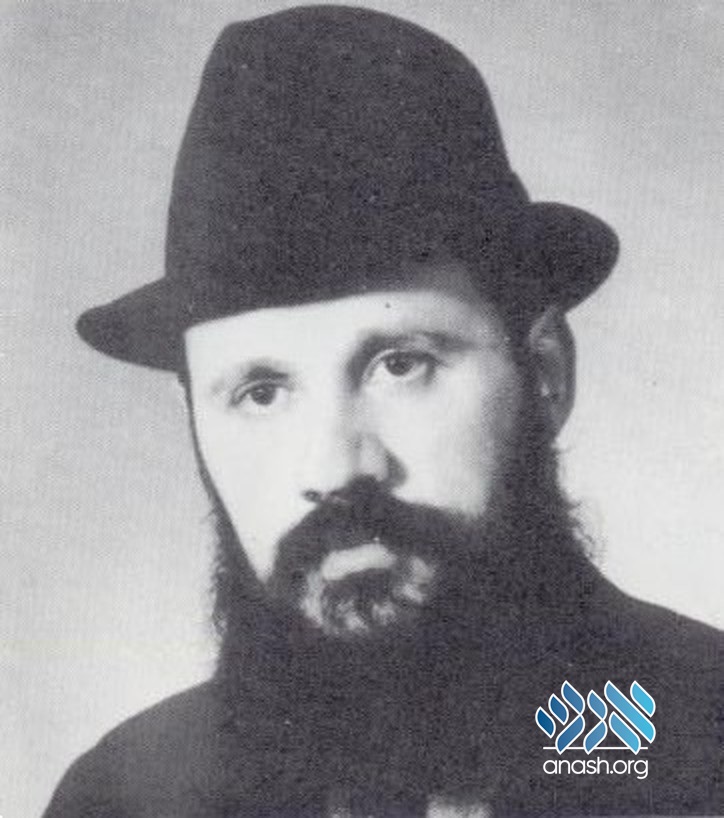
26 Iyar is the yahrtzeit of Rav Aizik Schwei, the rosh yeshiva of Tomchei Tmimim in Montreal.
By Hershel Rosenbluh for Anash.org
On Simchas Torah 5693 (1932), in Abu, a small town in Finland, Aizik Schwei was born on shlichus.
His father, Reb Mordechai Eliyahu had spent several years learning in Lubavitch before moving to Dvinsk where he spent his days al haTorah ve’al ho’Avodah. There he merited to learn in the house of the Rogatchover and be meshamesh him. Aizik’s mother, Bunia, was from a home of Chassidim that went all the way back to the Alter Rebbe. Now, they had been sent by the Frierdiker Rebbe to work with the youth in Abu, Finland, and to spread Yiddishkeit there.
When Aizik was three years old his family moved to Narva, Estonia, where his father was appointed rov and shochet. But that came to an end with the Soviet invasion in 5700/1940. When the Soviets forced all able-bodied men to sign up for civil defense and dig trenches, Bunia went in place of her husband, so that if chas vesholom something should happen to her, her husband could continue to raise the boys al pi torah. In 5702 (1942), the family escaped eastward, to Bukhara, where Reb Mordechai Schwei sadly passed away. There, Bunia also buried her oldest daughter Hinda, r”l.
In Bukhara, staying alive was hard enough. Food was scarce and her husband was not there to provide for the family, but for Bunia Schwei what worried her more was that her children receive a Torah education. When she heard that the gaon the Tchebiner Rov was nearby, she took her two sons and begged him to learn with them. Not being able to pay schar limud, she would bring water to his home and clean and maintain his home.
A while later, she learned from Reb Lazer Mishulovin that the Yeshiva Tomchei Tmimim had been organized in Samarkand. Despite being alone, she sent her boys away one by one with mesiras nefesh – not seeing them for over two years, until she could move to Samarkand to join them and be part of the community there. Young Aron Yakov – later a rov in Crown Heights – was just seven years old when his mother sent him off to yeshiva.
Mrs. Schwei’s mesiras nefesh for Torah didn’t stop with the end of the war. After liberation, she continued to do everything so that her boys could learn Torah, no matter the type of work.
When Aizik came to yeshiva, it had been several years since he had been in a proper yeshiva. Yet, that didn’t stop him from catching up to his level, quickly getting to the top of his class. Very soon, everybody in yeshiva knew about Aizik and his accomplishments in learning Torah. Besides his grasp of learning, his midos tovos and good nature added to his prestige. When the family left Russia and arrived in Poking, Germany, there too, he continued his diligence in learning and chassidishe behavior.
In 5711 (1951), after a few years in the yeshiva in Brunoy, France, the family left for Montreal, where Aizik spent the next six years learning b’hasmodoh. In 5716 (1955), still a bochur, he was appointed mashgiach in the yeshiva.
In a letter to the hanholoh of the yeshiva on 28 Cheshvan of that year, the Rebbe asks to be notified that the appointment of the “young man Schwei” has brought about change – for the better – to the yeshiva. A while later, he was appointed Rosh Yeshiva, a position he held until his passing 32 years and thousands of talmidim later. Besides for his vast knowledge in shas and poskim, he was also known as a great baal eitzoh, with many of the local baaleibatim coming to seek his advice on matters affecting their lives.
In 5718 (1958), Reb Aizik married Golda, the daughter of Reb Chaikel Chanin of Paris. The chuppah took place in front of 770 and the Rebbe was their mesader kiddushin. Together they built a home dedicated to Torah and shlichus. Rebbetzin Schwei was very active in Nshei Chabad. She and her husband founded Montreal’s Brides and Grooms, an organization that’s active in teaching as well as spreading awareness about taharas hamishpochoh, and is active until today.
Reb Aizik’s greatness in Torah didn’t keep him from being active in many activities with the youth of Montreal, including mesibos Shabbos, day camp, and more. He also was among the founders of Tzach in Montreal, as well as Beis Rivkah.
Upon the Rebbe’s instructions, Reb Aikzik joined the Montreal Vaad Ha’Ir. He was among the most respected rabbonim there, and all difficult halachic issues were brought to him. He used his position to make public the Rebbe’s opinion on important issues such as Mihu Yehudi and the prohibition against giving up land from Eretz Yisroel due to danger. He also assisted his daughter and son-in-law in their shlichus in Colombia, especially in the realm of mikvaos.
Besides his greatness in Torah, outstanding midos and understanding, Reb Aizik was also a great medakdek b’mitzvos, without people noticing, “ohn blitos.“ And so it was in everything he did, in a simple and humble manner, without making much to do about himself.
At a young age, Reb Aizik became ill and suffered greatly, though he accepted his lot with love. He passed away on Erev Shabbos, 26 Iyar, 5748 (1988) at the age of 55. His levaya took place that day, and he was interred at the Old Montefiore Cemetery, near the Ohel.
He was survived by his Rebbetzin, who passed away in 5776 (2016), as well as by his daughter Mrs. Rivkah Rosenfeld, shlucha in Bogota, Colombia, and Mrs. Chana Sarah Spalter of Crown Heights. His older brother, Reb Boruch Sholom, raised a chassidishe family in Crown Heights and passed away in 5734/1974. Reb Aizik’s writings were compiled and edited by his brother, Rav Ahron Yakov Schwei, and were posthumously published by Kehos as “כתבי ר’ אייזיק”.
Adapted from Kisvei Reb Aizik.

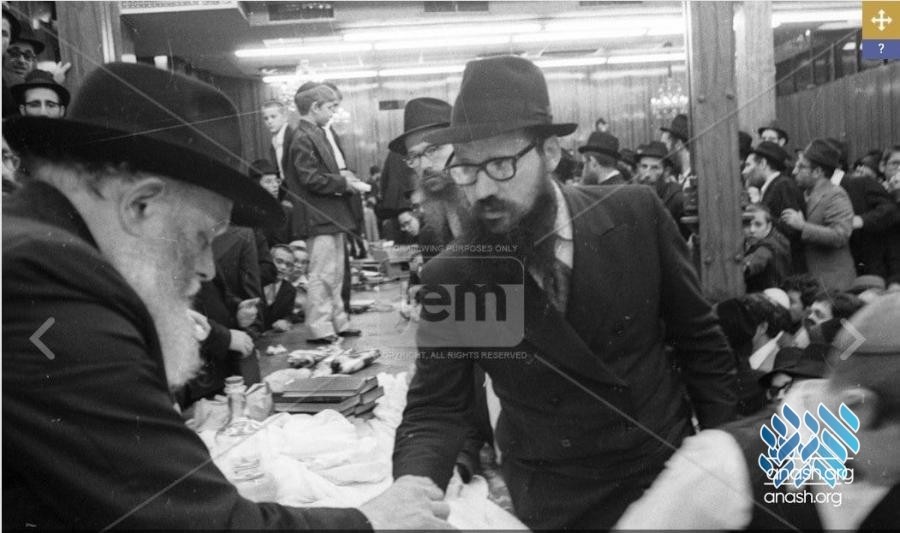

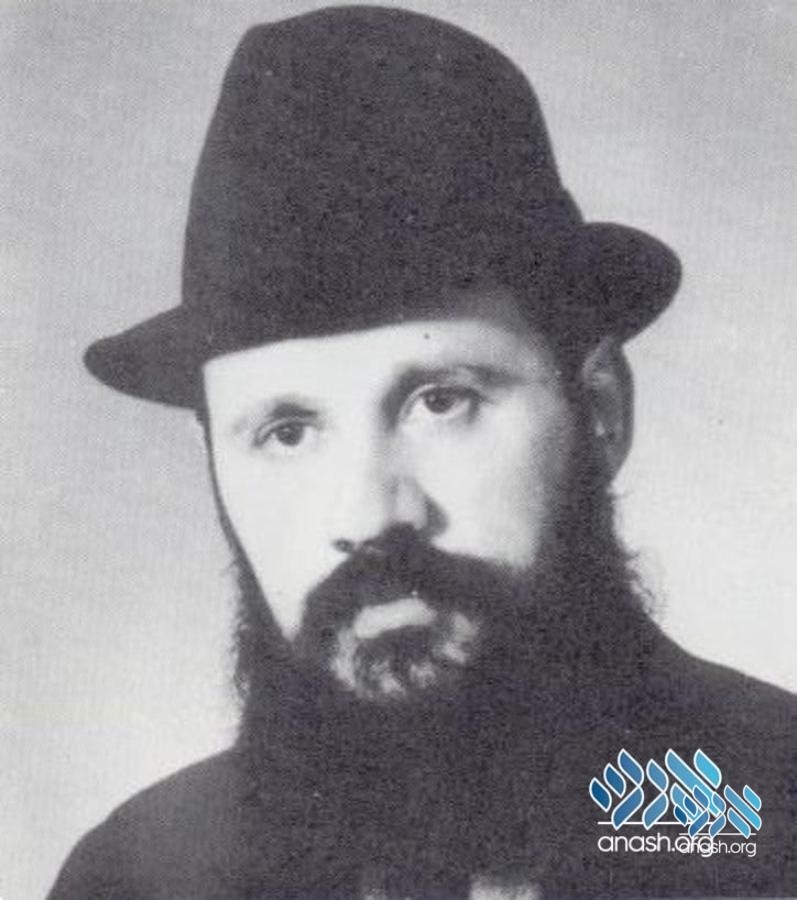
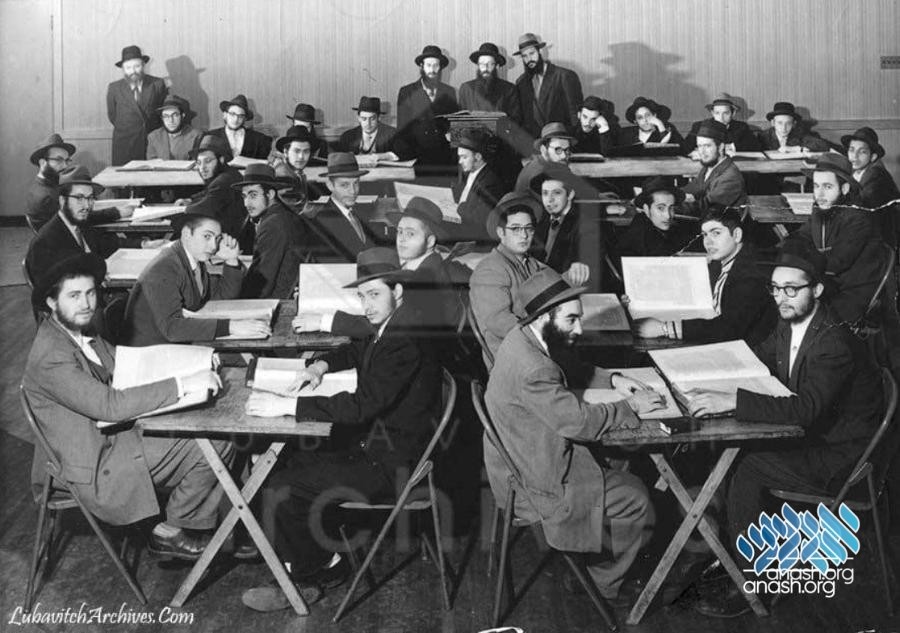
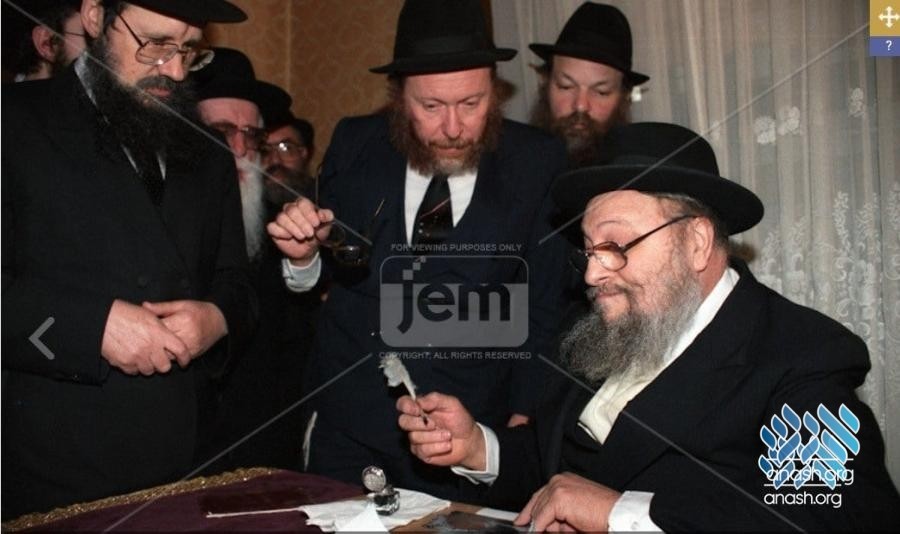
Send us your feedback